Managing Eating Challenges In Autism
Explore compassionate insights on managing eating challenges in autism. From sensory considerations to tailored strategies, discover ways to create enjoyable and stress-free mealtimes for your loved ones.

Understanding Eating Challenges in Autism
Individuals with autism often face unique challenges when it comes to eating. These challenges can stem from various factors related to their condition. In this section, we will delve into the introduction of autism and eating difficulties, as well as highlight some common eating challenges faced by individuals with autism.
Introduction to Autism and Eating Difficulties
Autism, also known as Autism Spectrum Disorder (ASD), is a neurodevelopmental disorder that affects communication, social interaction, and behavior. While autism is a diverse spectrum, one common aspect is the presence of eating difficulties among individuals with autism.
Eating difficulties in autism can manifest in various ways, including sensory sensitivities, food selectivity and rigidity, oral motor difficulties, and behavioral challenges. These difficulties can significantly impact an individual's nutritional intake, overall health, and quality of life. Understanding these challenges is crucial in order to provide appropriate support and interventions.

Common Eating Challenges in Individuals with Autism
Individuals with autism commonly experience specific eating challenges that are unique to their condition. Some of these challenges include:
Eating Challenges and Description
- Sensory Sensitivities: Many individuals with autism have heightened sensitivities to certain sensory stimuli, including food textures, smells, tastes, and even the appearance of food. These sensitivities can make it challenging for them to tolerate certain foods or food combinations.
- Food Selectivity and Rigidity: Individuals with autism often exhibit strong preferences for specific foods and may be resistant to trying new foods. They may have a limited range of preferred foods and may insist on eating the same foods repeatedly. This rigidity can lead to nutritional imbalances and limited variety in their diet.
- Oral Motor Difficulties: Some individuals with autism may experience difficulties with the coordination and movement of their oral muscles, which can affect chewing and swallowing abilities. These difficulties can contribute to aversions towards certain textures or difficulty consuming certain foods.
- Behavioral Challenges: Challenging behaviors, such as food refusal, food throwing, or food fixation, can be observed in individuals with autism during mealtimes. These behaviors may be influenced by sensory sensitivities, communication difficulties, or a need for control.
Understanding these common eating challenges is crucial in order to provide effective support and interventions for individuals with autism. By addressing these challenges, caregivers and professionals can work together to improve the eating experience and promote a more balanced and enjoyable relationship with food for individuals with autism.
Factors Contributing to Eating Challenges
When it comes to individuals with autism, there are several factors that can contribute to eating challenges. Understanding these factors is essential for finding effective strategies to support individuals with autism in their eating journey. Here are three key factors that play a role in eating difficulties in autism:
Sensory Sensitivities
Sensory sensitivities are common in individuals with autism and can significantly impact their eating experience. Certain textures, flavors, smells, and even sounds can be overwhelming and uncomfortable for individuals with sensory sensitivities. This can lead to food aversions, refusal to try new foods, or a limited range of preferred foods.
To address sensory sensitivities during mealtimes, it can be helpful to create a calm and sensory-friendly environment. Minimizing distractions, using soft lighting, and providing a quiet space can reduce sensory overload. Additionally, offering foods with different textures and flavors gradually, while respecting individual preferences, can help individuals with autism develop a broader acceptance of various foods.
Food Selectivity and Rigidity
Food selectivity and rigidity are commonly observed in individuals with autism. This refers to a strong preference for specific foods or a limited range of accepted foods. The rigid adherence to certain food choices can make it challenging to ensure a balanced and varied diet.
To address food selectivity and rigidity, it's important to approach mealtime with patience and understanding. Gradual exposure to new foods and textures can help individuals with autism become more receptive to trying different options. Additionally, incorporating preferred foods into meals alongside new foods can provide a sense of familiarity and comfort while encouraging exploration.
Oral Motor Difficulties
Oral motor difficulties, such as difficulties with chewing and swallowing, can pose significant challenges during mealtime for individuals with autism. These difficulties may be related to sensory sensitivities, muscle coordination, or underlying motor issues.
To support individuals with oral motor difficulties, it can be beneficial to consult with a speech-language pathologist or occupational therapist with experience in feeding therapy. They can provide guidance on appropriate exercises and techniques to improve oral motor skills. Using utensils and dishes that are adapted to the individual's needs, such as textured grips or specialized utensils, can also make eating more manageable.
Understanding and addressing these factors can help individuals with autism overcome eating challenges and promote a positive relationship with food. By creating a supportive environment, gradually introducing new foods and textures, and seeking professional guidance, caregivers and individuals with autism can work together to navigate eating difficulties and promote a healthy and enjoyable eating experience.
Strategies for Overcoming Eating Challenges
When it comes to managing eating challenges in individuals with autism, there are several strategies that can be helpful in promoting positive eating experiences. These strategies aim to create a supportive environment, gradually expose individuals to new foods and textures, and encourage them to expand their food preferences.
Creating a Supportive Environment
Creating a supportive environment is essential for individuals with autism who face eating challenges. Here are some strategies to consider:
- Establish a calm and structured mealtime routine to provide a sense of predictability.
- Minimize distractions and sensory overload during meals by creating a quiet and comfortable eating space.
- Use visual supports such as visual schedules or social stories to help individuals understand mealtime expectations.
- Encourage family members and caregivers to model positive eating behaviors and attitudes.
Gradual Exposure and Desensitization
Many individuals with autism may have food selectivity or rigidity, making it difficult for them to try new foods. Gradual exposure and desensitization techniques can be effective in expanding their food repertoire. Here are some strategies to try:
- Start by introducing small amounts of new foods alongside familiar and preferred foods.
- Use a step-by-step approach where individuals are gradually exposed to new foods through visual, olfactory, and tactile means.
- Encourage individuals to interact with new foods, even if it's just touching or smelling them initially.
- Provide positive reinforcement and praise for any attempts made, regardless of the outcome.
Introducing New Foods and Textures
Introducing new foods and textures requires patience and a gentle approach. Here are some strategies to consider:
- Offer a variety of foods from different food groups to ensure a balanced diet.
- Serve foods in different forms (e.g., pureed, mashed, or crispy) to accommodate sensory preferences.
- Use visual aids such as food charts or pictures to help individuals understand and categorize different foods.
- Involve individuals in meal planning and preparation to increase their engagement and interest in new foods.
By implementing these strategies, individuals with autism can gradually overcome their eating challenges and develop a more varied and nutritious diet. It's important to remember that progress may be slow and individualized, so celebrating even small victories along the way is crucial. Working with professionals such as occupational therapists, speech-language pathologists, and registered dietitians can also provide valuable guidance and support in managing eating challenges specific to autism.
Mealtime Modifications and Techniques
When it comes to managing eating challenges in individuals with autism, implementing mealtime modifications and techniques can make a significant difference. These strategies aim to create a supportive and structured environment that promotes positive eating experiences. In this section, we will explore three effective mealtime modifications and techniques: visual supports and schedules, using reinforcement and rewards, and adjusting mealtime routines.
Visual Supports and Schedules
Visual supports and schedules can play a crucial role in helping individuals with autism navigate mealtime routines and expectations. These tools provide visual cues and step-by-step instructions, promoting understanding and reducing anxiety. Here are some examples of visual supports and schedules that can be helpful:
Visual Support/Schedule and Description
- Visual mealtime schedule: A visual representation of the mealtime sequence, including steps from setting the table to cleaning up.
- Picture-based food choices: Images or symbols representing food options to enhance communication and choice-making.
- Social story: A personalized narrative explaining the expectations and routine of mealtime in a simple and visual manner.
By incorporating visual supports and schedules, individuals with autism can have a clear understanding of what to expect during mealtime, which can help reduce stress and increase their willingness to participate.
Using Reinforcement and Rewards
Using reinforcement and rewards can be an effective technique to motivate individuals with autism to try new foods and engage in positive mealtime behaviors. By providing incentives, such as preferred activities or small rewards, individuals are encouraged to explore new foods and develop healthier eating habits. Here are some examples of reinforcement and rewards:
Reinforcement/Reward and Description
- Token system: Using a token or point system where individuals earn tokens for trying new foods or exhibiting appropriate mealtime behaviors, which can be exchanged for preferred items or activities.
- Verbal praise: Giving verbal recognition and positive reinforcement for making healthy food choices or displaying good mealtime manners.
- Sticker chart: Using a sticker chart to track progress and reward individuals for meeting specific mealtime goals
Reinforcement and rewards should be tailored to the individual's preferences and interests, ensuring that they are meaningful and motivating.
Adjusting Mealtime Routines
Making adjustments to mealtime routines can also contribute to a more successful and enjoyable eating experience for individuals with autism. By considering their sensory sensitivities, preferences, and unique needs, mealtime can become a more comfortable and engaging activity. Here are some potential adjustments to consider:
Adjustment and Description
- Providing a quiet eating environment: Minimizing noise and distractions to reduce sensory overload during mealtime.
- Allowing for breaks: Offering short breaks during meals to prevent overwhelming sensory input or to provide time for self-regulation.
- Offering preferred utensils or tableware: Using utensils or tableware that are preferred by the individual, considering sensory sensitivities and personal preferences.
By adjusting mealtime routines to accommodate the specific needs of individuals with autism, it becomes easier for them to participate and engage in the eating process.
Implementing these mealtime modifications and techniques can improve the overall mealtime experience for individuals with autism. Visual supports and schedules provide structure and reduce anxiety, reinforcement and rewards motivate positive behaviors, and adjustments to mealtime routines create a more comfortable environment.
By embracing these strategies, caregivers and individuals with autism can work together to overcome eating challenges and promote a healthy relationship with food.
Collaborating with Professionals
When it comes to managing eating challenges in individuals with autism, collaborating with professionals can be immensely beneficial. These professionals have the expertise and knowledge to provide specialized support and guidance. In this section, we will explore three key professionals who can play a crucial role in overcoming eating difficulties in autism: occupational therapists, speech-language pathologists, and registered dietitians.
Working with Occupational Therapists
Occupational therapists (OTs) are trained to address the sensory and motor challenges that individuals with autism may face. They can play a vital role in helping individuals develop the necessary skills and strategies to overcome eating difficulties. OTs can work with individuals to improve sensory sensitivities, develop oral motor skills, and increase tolerance to different textures and tastes.
During therapy sessions, occupational therapists may use various techniques and interventions to address eating challenges. These may include sensory integration therapy, which aims to help individuals desensitize to sensory stimuli associated with food. OTs may also provide oral motor exercises and activities to improve chewing and swallowing skills.
Consulting with Speech-Language Pathologists
Speech-language pathologists (SLPs) specialize in communication and swallowing disorders. They can provide valuable support to individuals with autism who experience difficulties in eating and swallowing. SLPs can assess and diagnose any underlying oral motor difficulties that may be contributing to feeding challenges.
Working closely with SLPs, individuals with autism can receive targeted therapy to improve oral motor coordination, tongue movement, and chewing and swallowing skills. SLPs may use techniques such as oral motor exercises, swallowing strategies, and adaptive feeding utensils to facilitate a safe and successful eating experience.
Seeking Guidance from Registered Dietitians
Registered dietitians (RDs) are experts in nutrition and can offer customized dietary advice and guidance. They can provide valuable insights into creating balanced and nutritious meal plans that meet the specific needs of individuals with autism. RDs can assess for any nutrient deficiencies and develop strategies to address them.
Collaborating with a registered dietitian can help caregivers and individuals with autism navigate food selectivity and rigidity. RDs can suggest alternative foods that provide similar nutritional value and work on gradually expanding the variety of foods in the individual's diet. They can also provide guidance on managing any food allergies or intolerances that may be present.
By working together with occupational therapists, speech-language pathologists, and registered dietitians, individuals with autism and their caregivers can access a comprehensive network of support. These professionals can offer targeted interventions and strategies to address eating challenges, promote healthy eating habits, and improve overall quality of life.
Promoting Positive Eating Experiences
When it comes to individuals with autism and their eating challenges, promoting positive experiences around food can play a crucial role in creating a healthy relationship with eating. Here are some strategies to encourage positive eating experiences:
Encouraging Independence and Self-Feeding Skills
Encouraging independence and self-feeding skills can help individuals with autism feel empowered and in control during mealtimes. Providing appropriate utensils and dishes that are easy to handle, as well as teaching basic self-feeding techniques, can foster a sense of accomplishment and build confidence. Here are some tips:
- Use adaptive utensils or utensils with built-up handles for better grip.
- Provide plates or bowls with sections to separate different food items.
- Teach skills such as scooping, using a fork or spoon, and drinking from a cup.
Celebrating Small Victories
Recognizing and celebrating small victories can go a long way in promoting positive eating experiences for individuals with autism. Acknowledging progress, no matter how small, can boost confidence and motivation. Here are some ways to celebrate achievements:
- Praise the individual for trying new foods or textures, even if they only take a small bite.
- Use a visual reward system, such as a sticker chart, to track and celebrate milestones.
- Offer verbal encouragement and positive reinforcement throughout the meal.
Embracing Individuality and Progress
Each individual with autism is unique, and it's important to embrace their individuality when it comes to eating. Recognize that progress may come at different rates for different individuals and focus on personal growth rather than comparison. Here are some ways to promote individuality and progress:
- Respect food preferences and sensitivities, working within the individual's comfort zone.
- Focus on gradual exposure to new foods and textures, respecting the individual's pace.
- Keep a record of progress and celebrate personal milestones, no matter how small.
By encouraging independence, celebrating achievements, and embracing individuality, caregivers can create a positive environment that supports individuals with autism in their journey toward overcoming eating challenges. Remember, patience, understanding, and consistent support are key in promoting positive eating experiences.
Summary
In the world of managing eating challenges in autism, our journey has been more than just finding solutions; it's been about fostering understanding, embracing uniqueness, and creating moments of connection around the table. As we conclude, it's clear that mealtimes are not just about food; they're opportunities for love, patience, and shared experiences.
Managing eating challenges is a compassionate exploration, a continuous effort to meet individual needs and celebrate small victories. It's about acknowledging that each step forward is a triumph, and every attempt is a testament to the resilient spirit of those on the autism spectrum.
So, let's carry this understanding into our homes, communities, and hearts. In managing eating challenges, we're not just addressing a concern; we're nurturing a sense of belonging and making room for everyone at the table. Because in the language of shared meals, love and acceptance speak the loudest.
Sources
Find More Articles
Contact us
North Carolina, Tennessee, Nevada, New Jersey, Utah, Virginia
New Hampshire, Maine
Massachusetts, Indiana, Arizona, Georgia
.avif)







.jpeg)
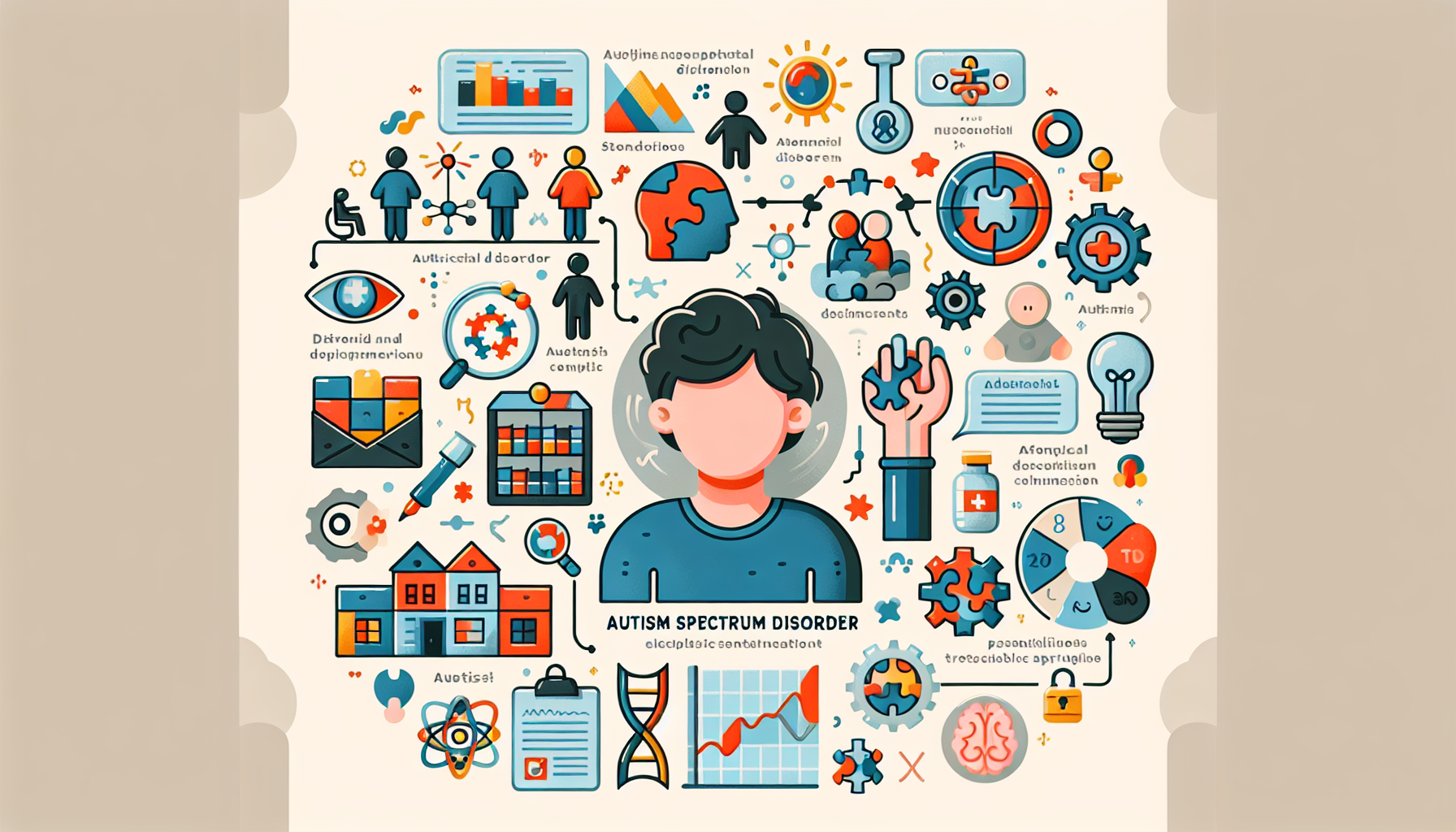




.jpeg)



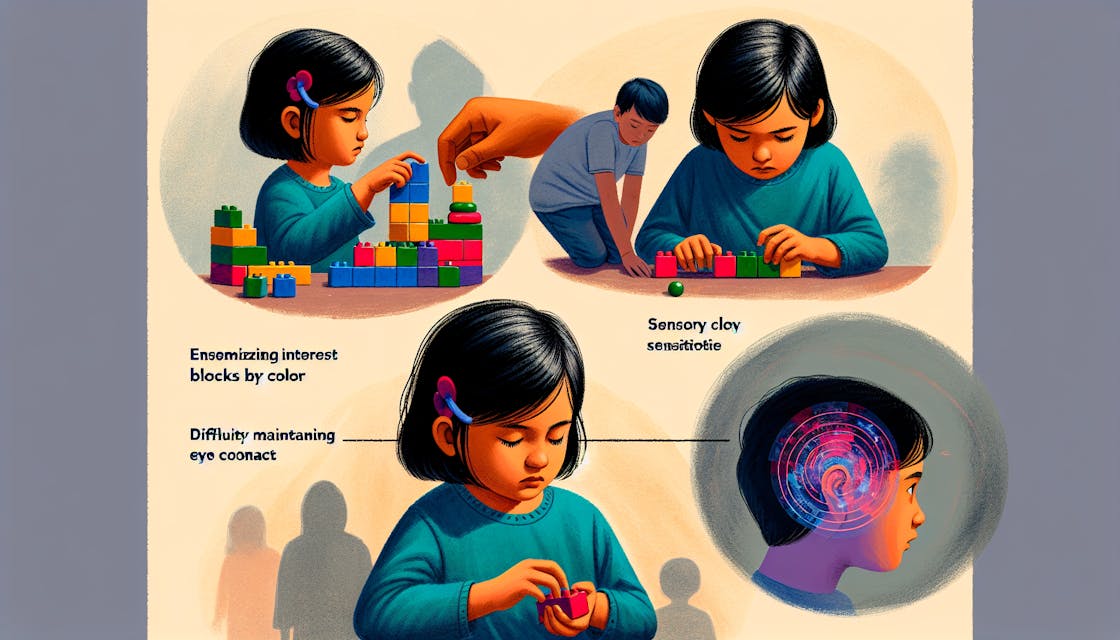


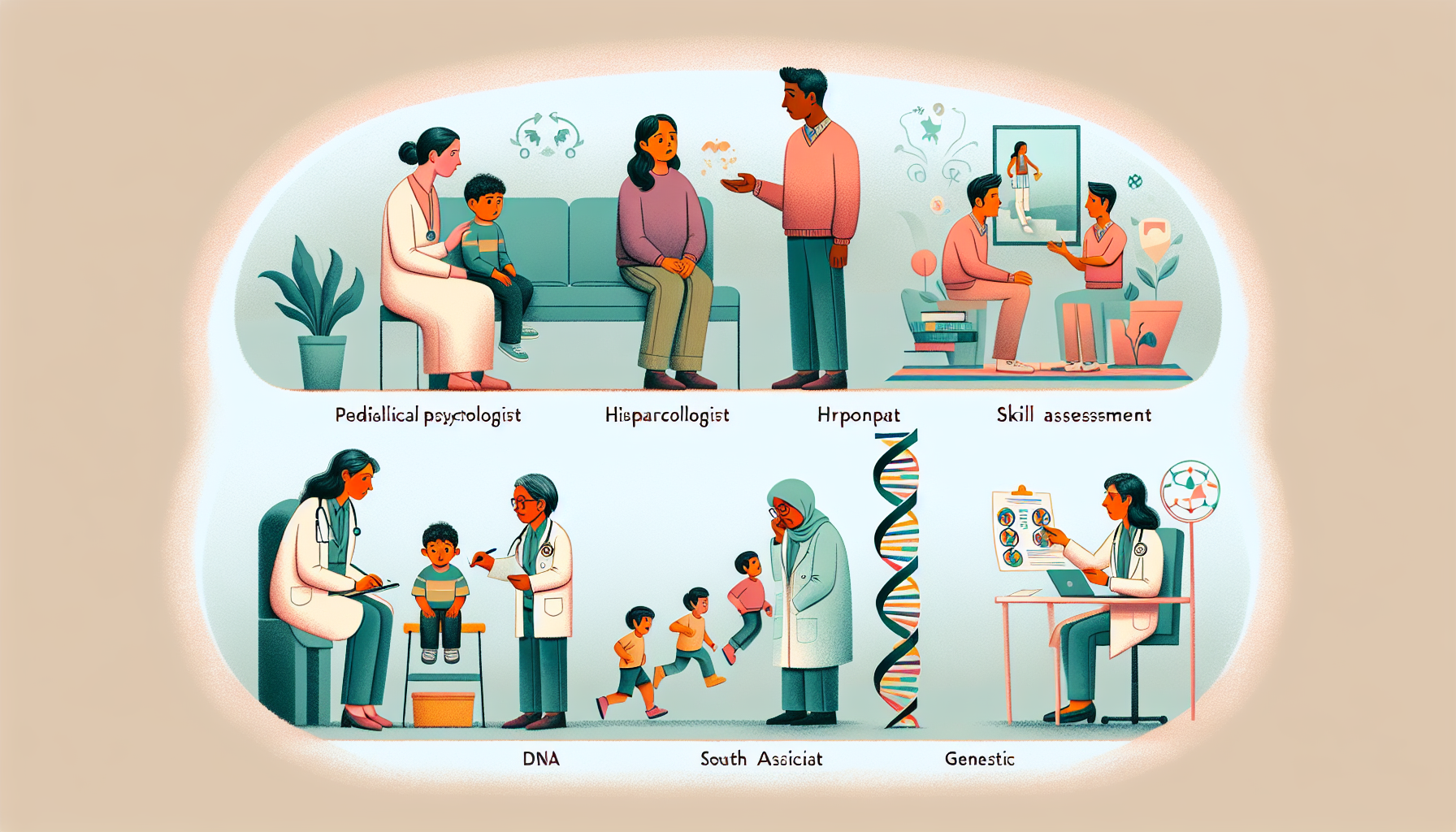





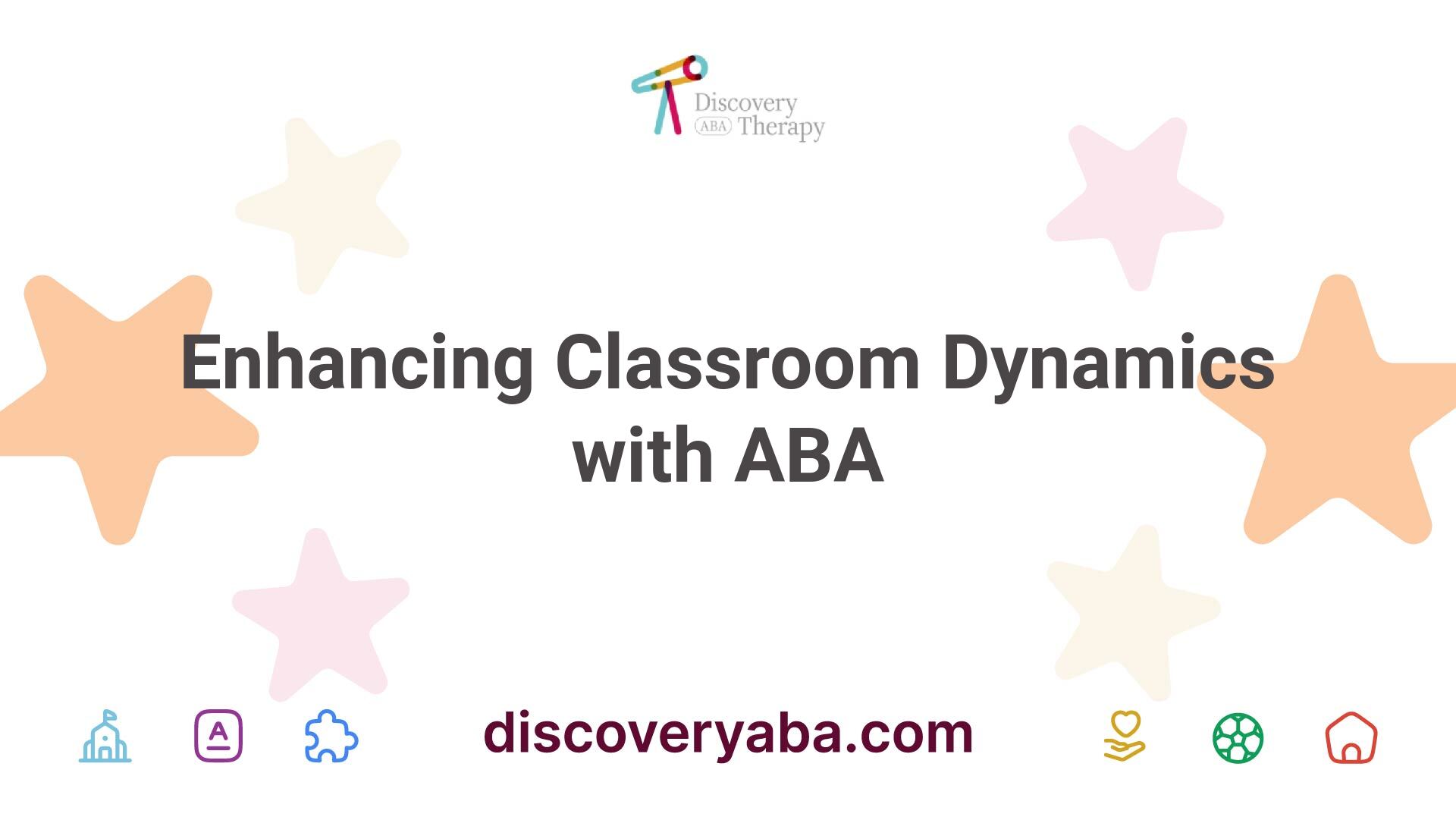












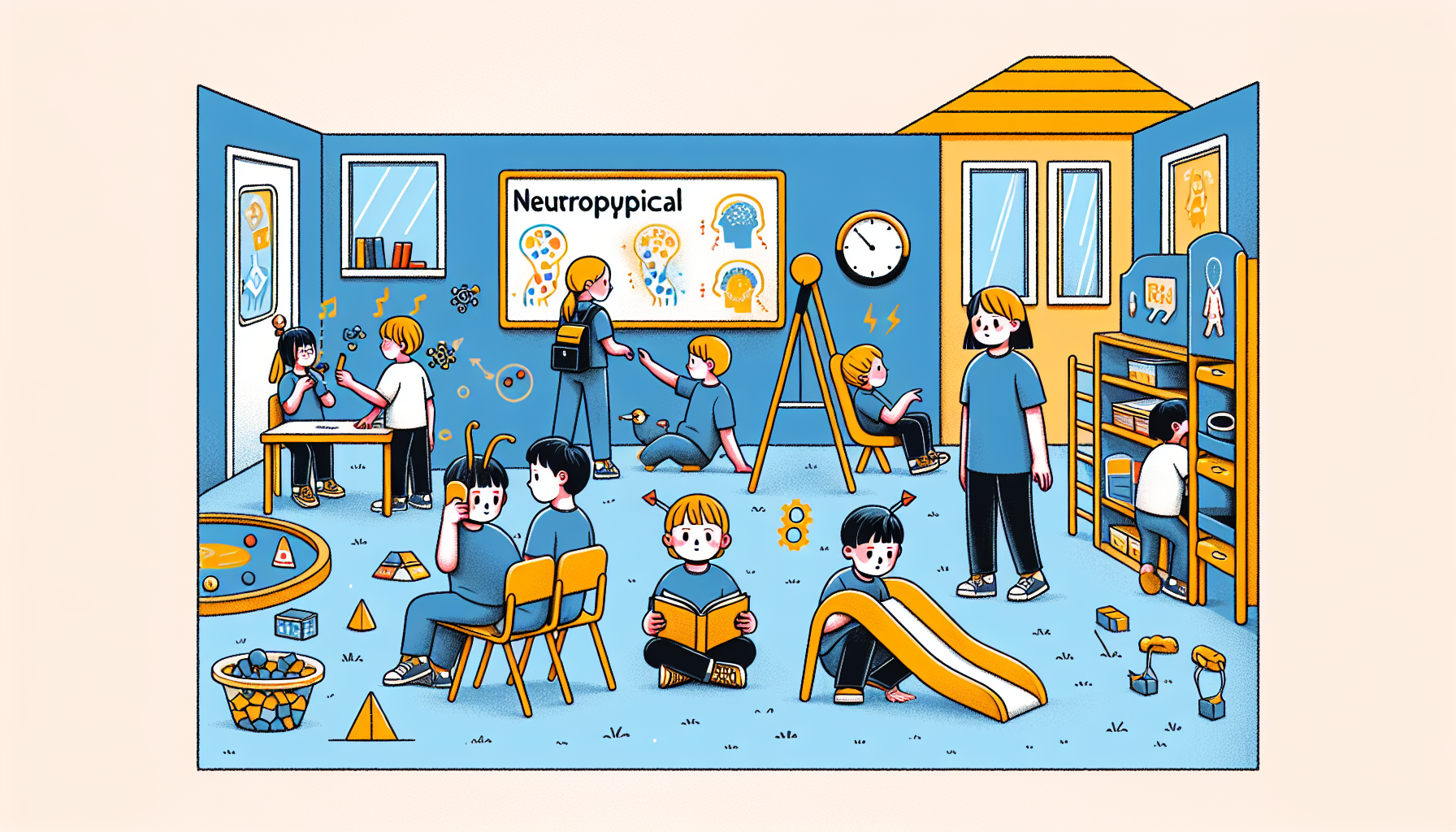



%2520(1).jpeg)

.jpeg)





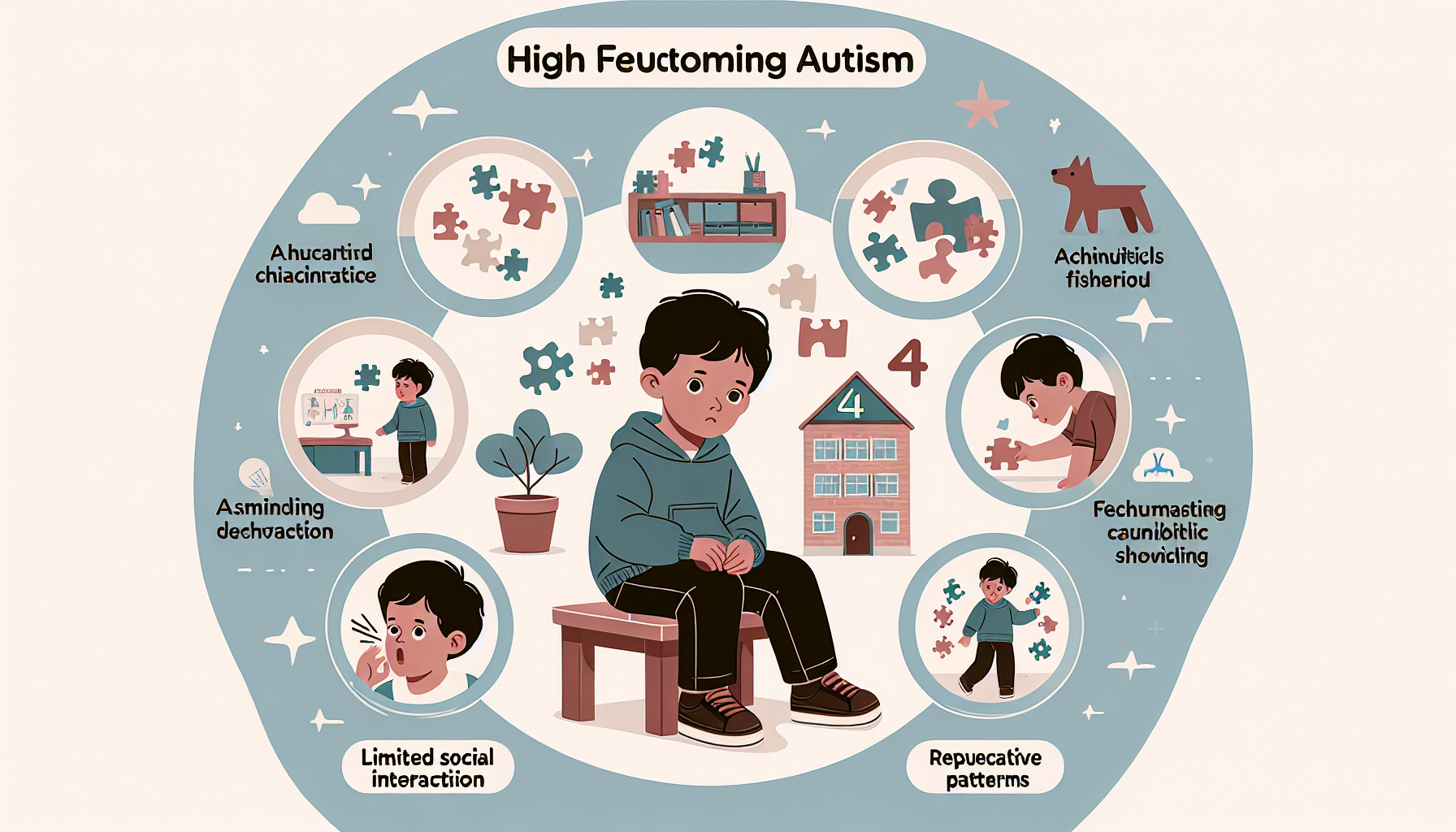






.jpeg)










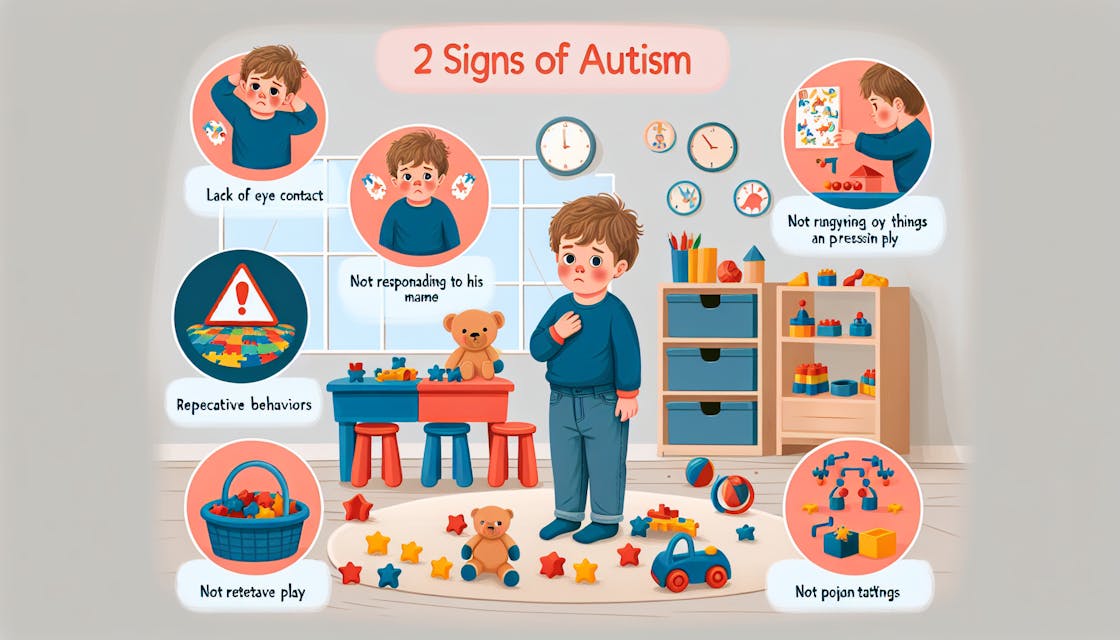







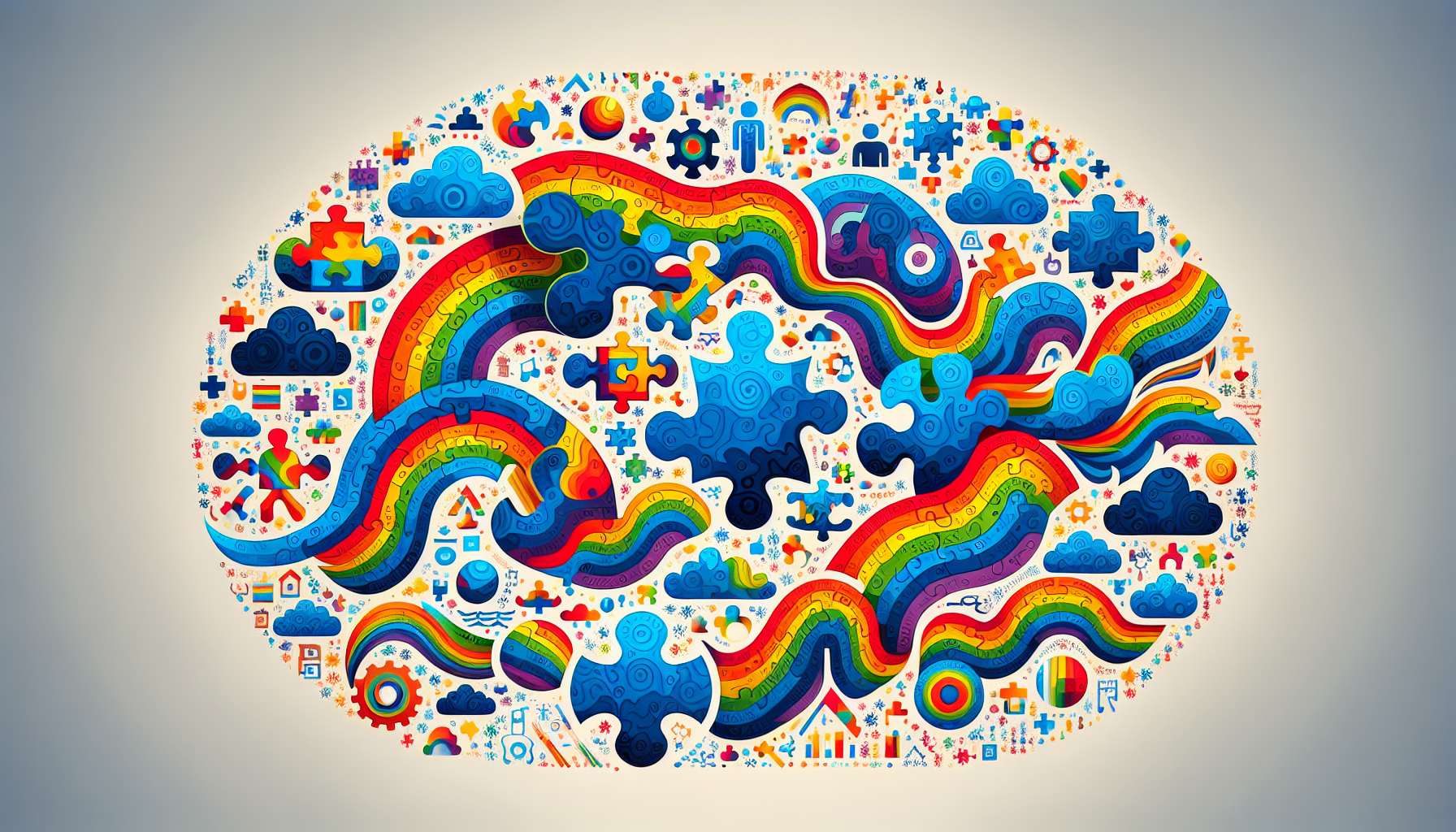
.jpeg)


.jpeg)



.jpeg)














